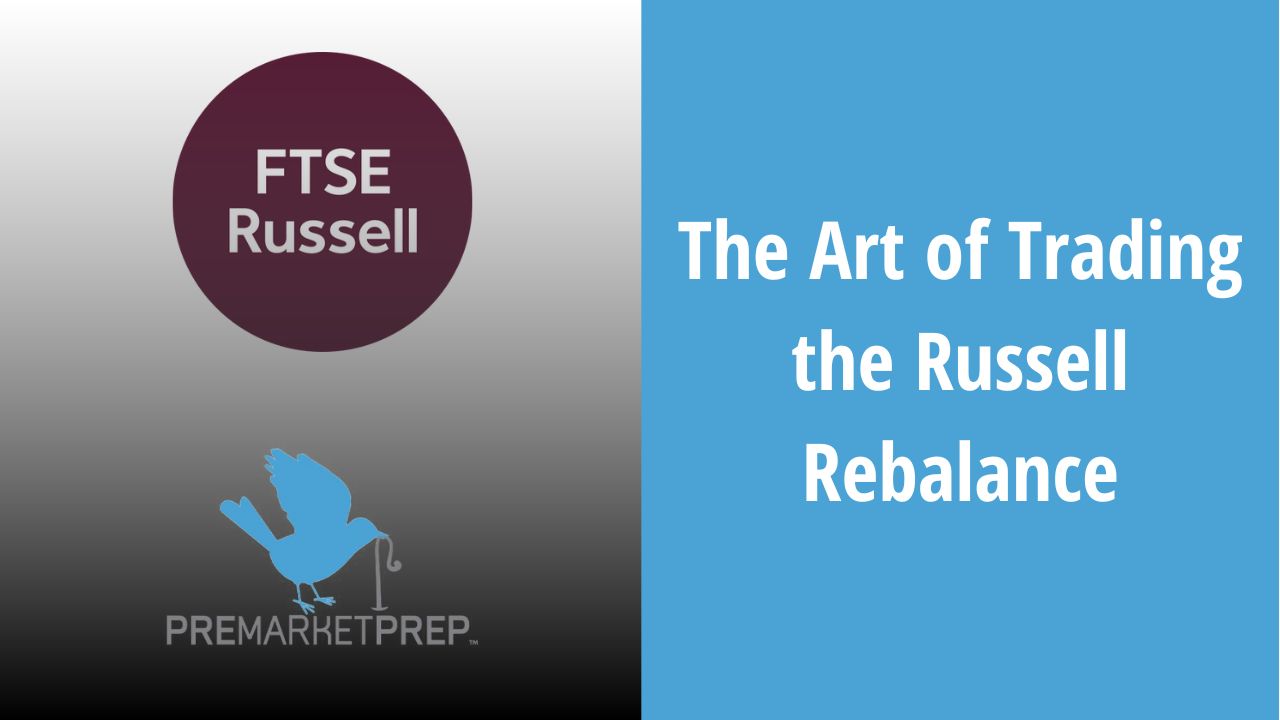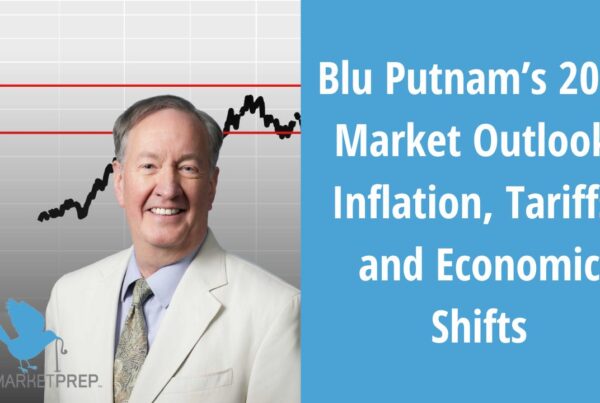The Russell Rebalance, also known as Russell Reconstitution, takes place annually on the fourth Friday of June. It involves stocks moving in and out of the Russell Indexes, primarily based on their market cap. Stocks that increase in market cap move up into higher tiers of the index, while those that shrink in size move out. These movements are often referred to as “adds and deletes.” In this article, we’ll dive deeper into the strategies to trade the Russell Rebalance that Dennis (DDD) Dick, Joel Elconin and Mitch discussed on Benzinga’s PreMarket Prep show (watch below).
Trading the Russell Rebalancing in the Past Vs. Now
Previously, DDD’s trading strategies surrounding the Russell Rebalance involved buying the additions and shorting the deletions, capitalizing on the drift these stocks would usually experience leading up to the Rebalance Day. However, with increased efficiency in the market and early projections from various investment banks, these drifts are less predictable.
Now, the more effective strategy for trading the Russell Rebalance typically involves fading the closing moves. If a stock gaps up significantly at the close, it’s often a DDD’s strategy to short it. Conversely, if a stock gaps down, buying it could be a smart move, with the hope of a retracement after hours or on the following Monday.
Specific Adds and Deletes During Reconstitution
Understanding which stocks are being added or deleted from the index is critical. This information can be obtained from the Russell reconstitution site, which provides lists of additions and deletions. Stocks with significant market caps or those that are frequently traded may be of particular interest to traders.
Focusing on Closing Prices and Imbalances
When trading the Russell Rebalance, Dennis and other traders mainly focus on the closing prices and the imbalances. DDD typically uses limit-on-close (LOC) orders, which execute at the closing print or not at all. Using LOC orders enables traders to capitalize on price gaps at the close.
Traders often split their orders into tranches to manage the high trading volume during the Russell Rebalance. Depending on the size of the imbalance and the extremity of the price movement, traders may choose to increase or decrease their position to take advantage of the move.
Avoiding Low-Priced Stocks
Dennis often avoids stocks priced under a dollar, as the cost efficiencies for trading these stocks decline significantly. When stocks start falling under a dollar, even a small $0.02 gap down could represent a large percentage move, and when factoring in commissions and other fees they may be less appealing for trading.
Closing Thoughts
As market efficiencies continue to shift traders must be diligent to change their strategies in order to maintain an edge. For some traders and investors, they may still focus on trading the Russell Reconstitution leading up to the fourth Friday in June, while others like Dennis focus on trading that Friday’s close until the following Monday morning. Despite the potential volatility and unpredictability of the Russell Rebalance Day, it presents an opportunity for traders to take advantage of the market movements. With careful preparation and strategic trading, it is possible to make profitable trades during this period.






